ICON’s LS-swapped 1970 Mercedes is a sun-baked sleeper
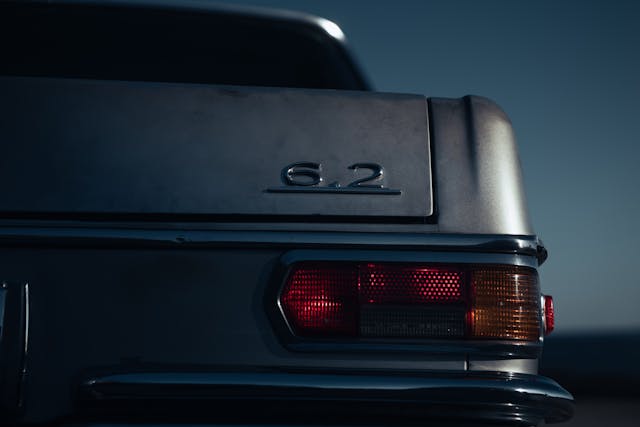
Icon, the southern California shop that landed on the custom-car map thanks to its fantastic Toyota FJ restomods, has become just as well known for its “Derelict” line of restorations, which place modern powertrains and suspensions under weatherbeaten sheetmetal. We’ve seen Icon’s Derelict take on a classic, V-8-powered Bronco and an 1949 Mercury, which the shop converted to electric power. This 1970 Mercedes 300 SEL is Icon’s latest finished creation.
Despite looking like a sun-baked survivor, there’s modern-day engineering under the skin of this classic Benz. We had the chance to drive it for a quick trip around Icon’s Chatsworth, California, facility and experience it firsthand.
Each Derelict build is a combination of old and new, so a bit of context always helps. From the factory, a 300 SEL like this one was available with a 6.3-liter V-8, an engine intended for Mercedes’ larger, 600-class luxury cars. The burly powerplant made it a muscle sedan precursor to the AMG models of today. (You can think of AMG like Mercedes’ in-house hot-rodders.) To honor that heritage of big V-8 power, the owner of this well-weathered Benz decided that a Chevrolet LS9 V-8 was the best replacement for the 6.3-liter bruiser of an engine.
The original mill had a touch more displacement than the 6.2-liter LS9, and used an overhead-cam design rather than pushrods, attributes which would typically mean it is more powerful than the Chevy. However, the LS9 makes up any difference—and some—by using a decent-sized supercharger and some high-flowing heads. The 1970 SEL 6.3 produced 300 gross horsepower—less than 250 hp net—which was enough to make it a respected performer in its day. This LS9 churns out more than double that figure. Icon’s Mercedes is one serious sleeper.
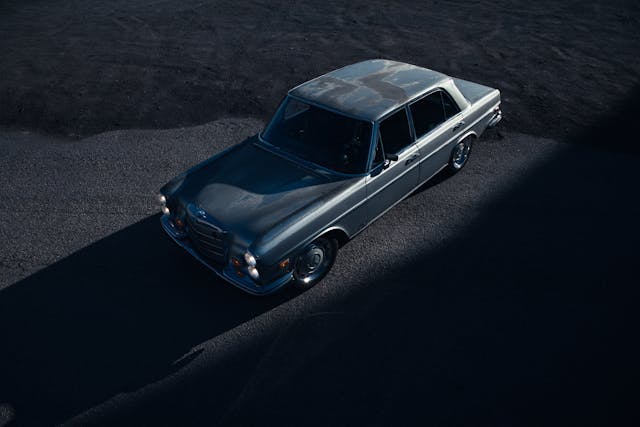
The goal of Icon’s Derelict builds is to keep the exterior looking untouched, so what you see is what you get on the Benz’s body. The shop’s talented painters can blend in repairs with original surviving panels, so that it’s all but impossible to tell new from old; but this build came in straight and rust-free and didn’t require any such artistry. It was the panels you can’t see from the outside that posed a challenge.
All of the sedan’s floorpans were replaced to fit a new chassis and transmission. Originally a unibody affair with front and rear subframes, most of the Mercedes’ structural rigidity came from the sturdy sheetmetal in the rocker panels. The rockers are still intact, but the role of securing the suspension members lies entirely in an Art Morrison chassis that places its longitudinal rails just inboard of the sedan’s factory-fit rocker panels.
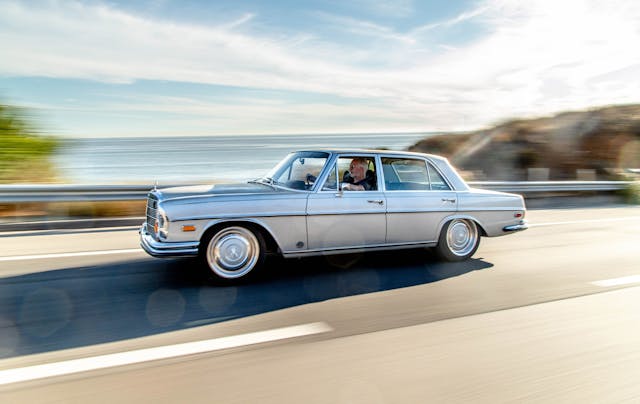
As in the electric Mercury that we drove from Icon, the geometry of the Art Morrison front suspension doesn’t seem to have much caster. That makes for quick, easy steering but it also requires more attention to return the steering to the center. Still, the car wasn’t nervous or darting about on the highway during our drive.
On windy back roads, the car felt nimble despite its size and is every bit the sleeper it was originally meant to be. Those familiar with late-model cars and their eight or ten-speed automatics might think that a four-speed 4L85E transmission like this one would be clunky, but the sturdy workhorse is great for an engine with a wide powerband like the LS9. It was happy to drop down into second gear when full-throttle acceleration was in order.
Inside, the car appears to be completely stock. Unless you are well-versed in early-’70s Mercedes luxury, you’d likely miss the subtle changes made to the floorboard and transmission tunnel, since they’ve been covered in new carpet. The new center console is a bit narrower than the original, too.
As built, the gauges, steering column, and seats in the Mercedes were not exactly in line with each other. After moving the column and seat just a bit inboard to center the driver behind the wheel and the instrument cluster, Icon no longer had enough real estate for the original center console. However, even the custom pieces that the shop required for the build were designed with the original contours of the 300 SEL in mind. For example, the shifter bezel was machined from a chunk of billet aluminum, as were the rear speaker grilles. Both designs look like they belong.
Icon’s careful design of the interior and preservation of all of the original exterior sheetmetal means that a lot of the Mercedes’ original character is intact. The trunk and doors still have a vault-like quality when closed, and it’s quiet inside when the LS9 is idling or loafing about. Without driving an original 300 SEL first, it’s hard to say whether the interior volume has been compromised, but your six-foot-plus author didn’t suffer from a lack of headroom. The generous greenhouse and low beltline provide virtually uninterrupted visibility and the window ledge forms a perfect armrest when cruising with the glass rolled down.
Unsuspecting onlookers would have little clue that the sultry, vintage sedan next to them is packing supercar power and 21st-century handling. Look carefully, however, and the clues are there.
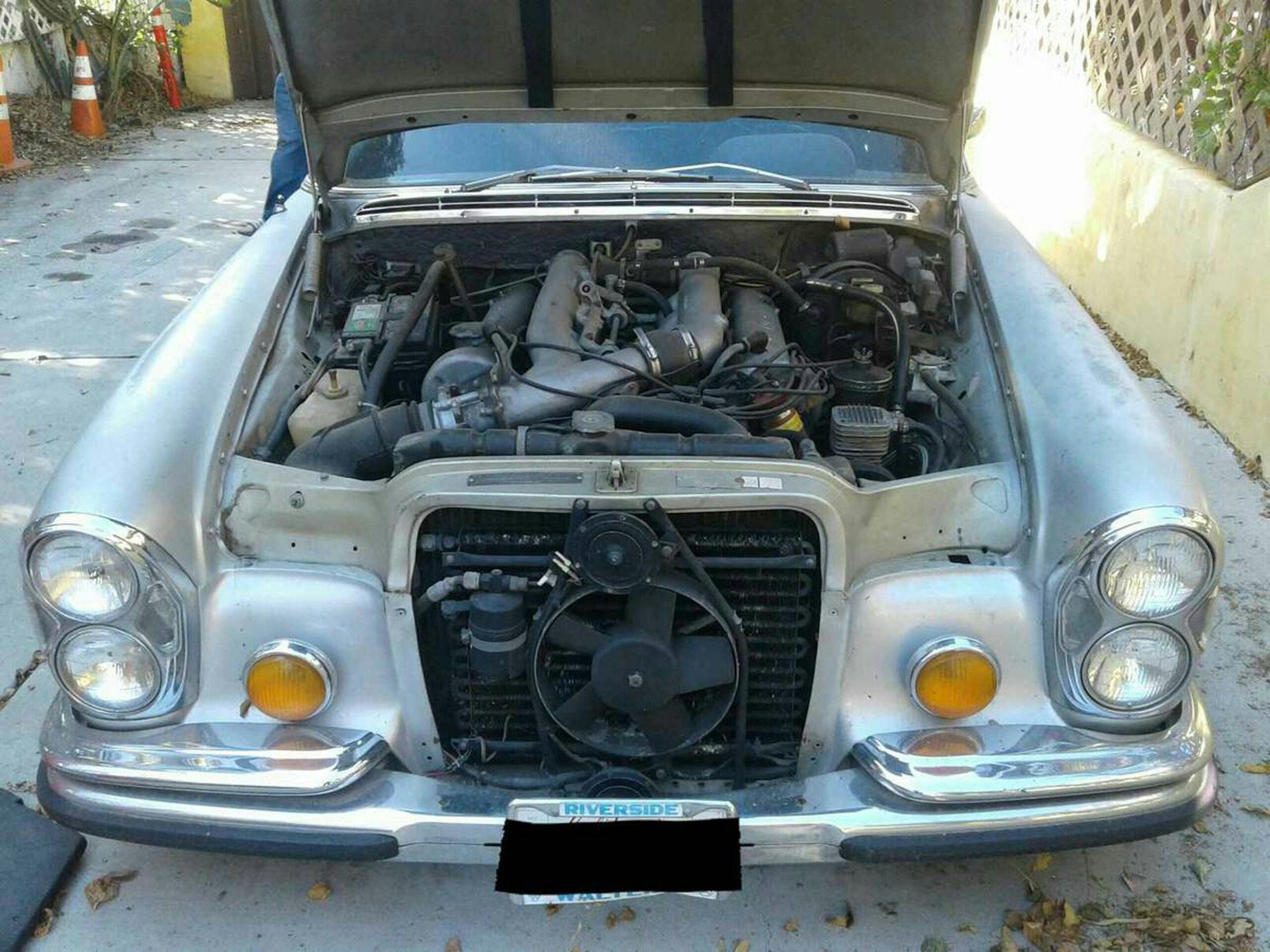
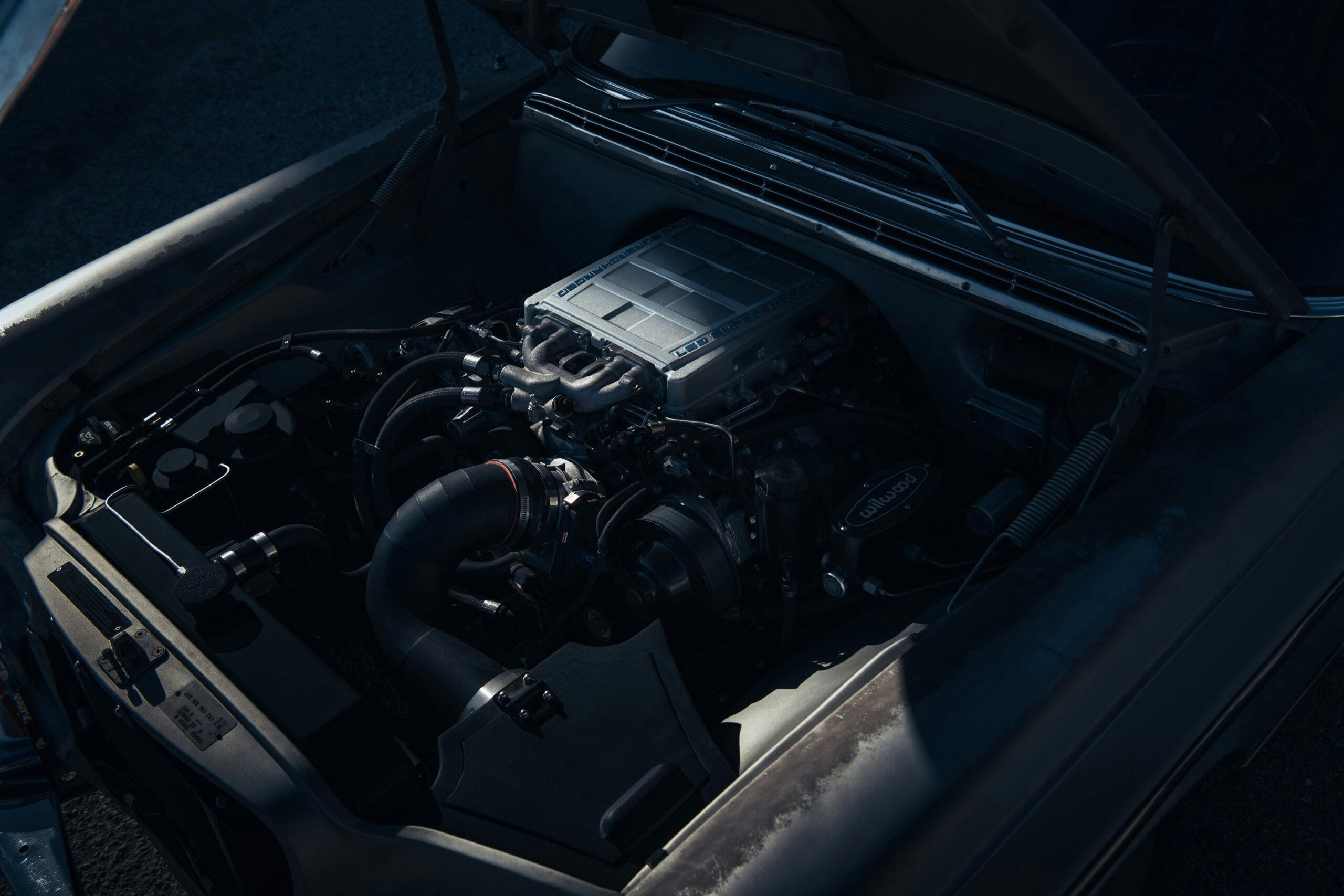
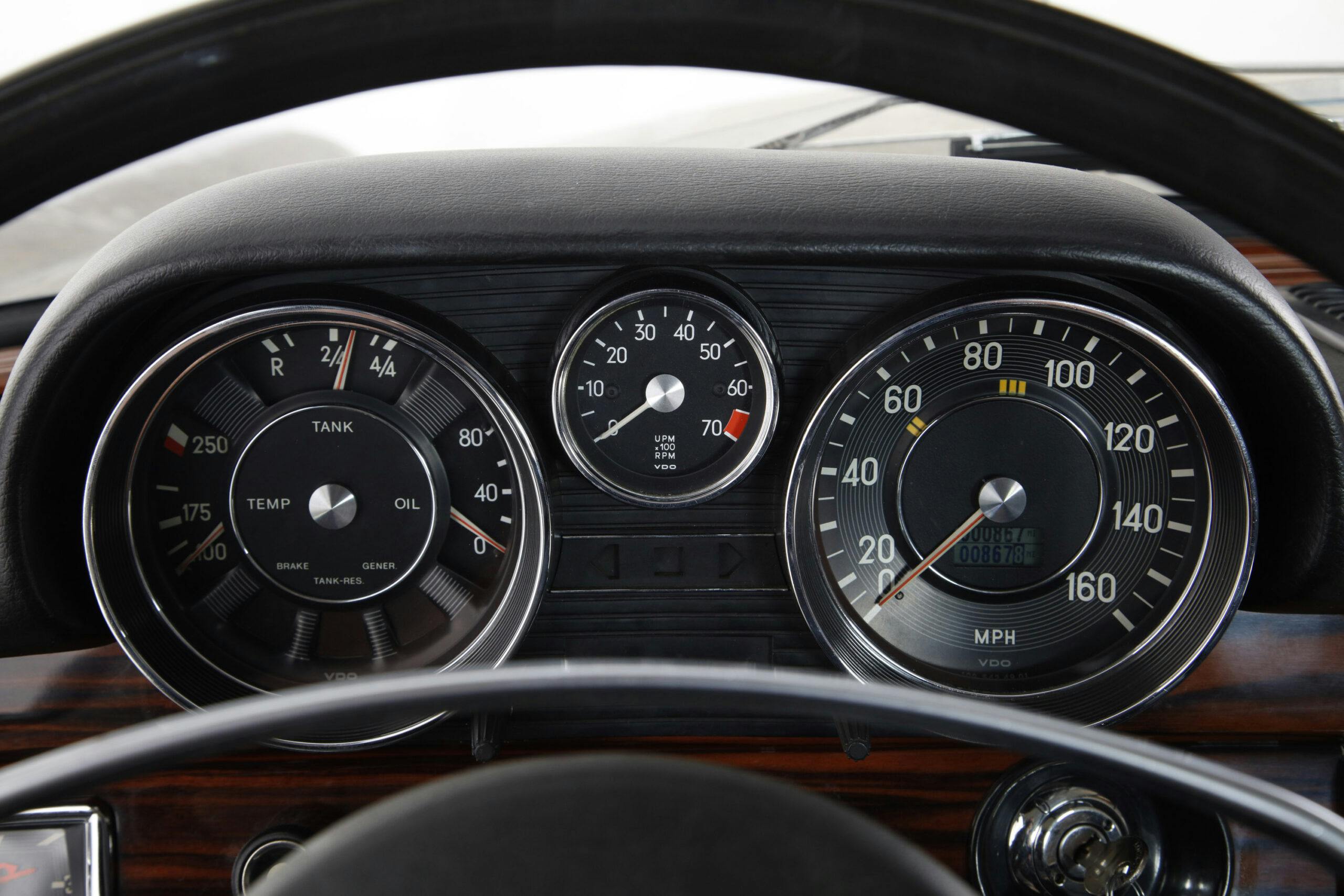
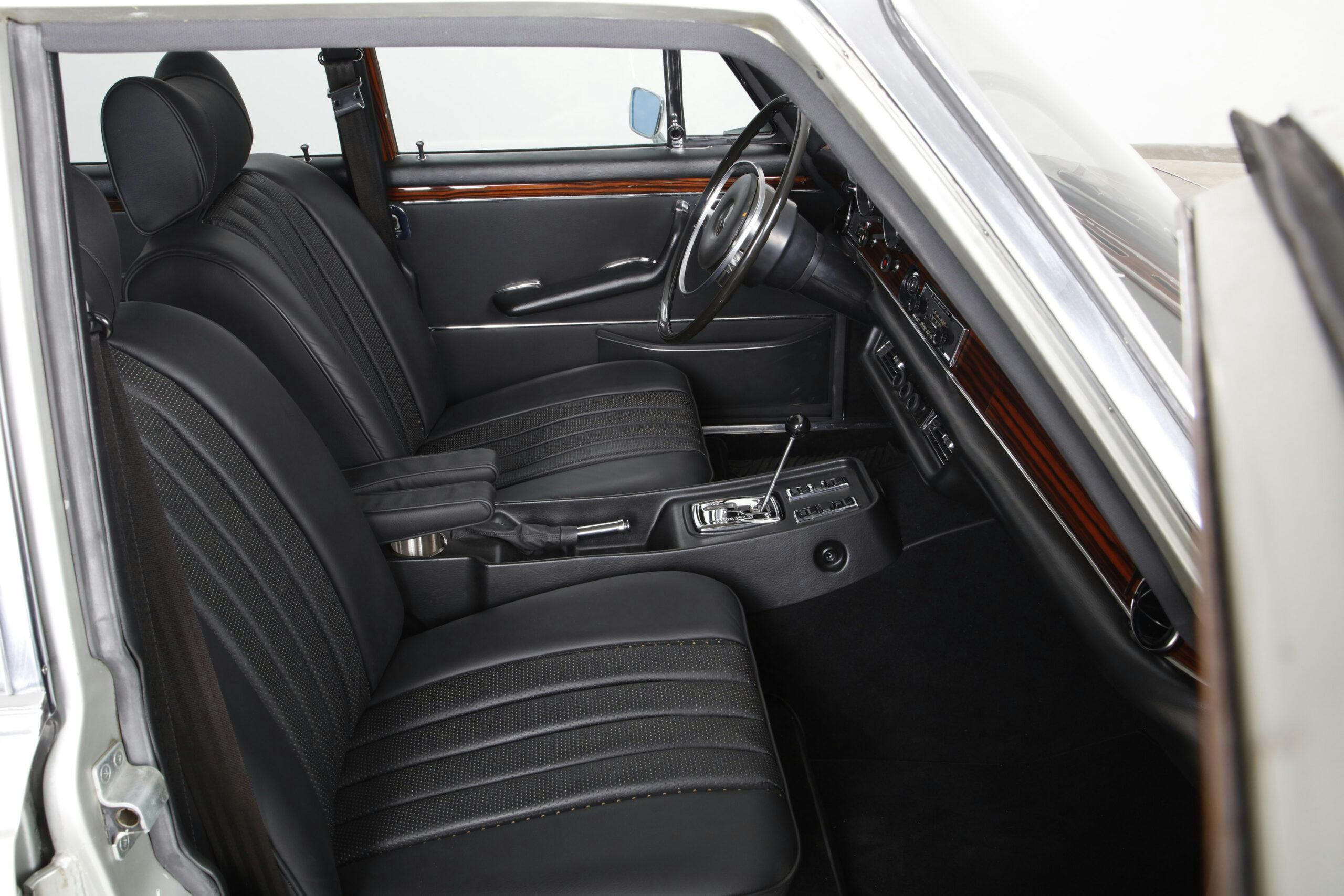
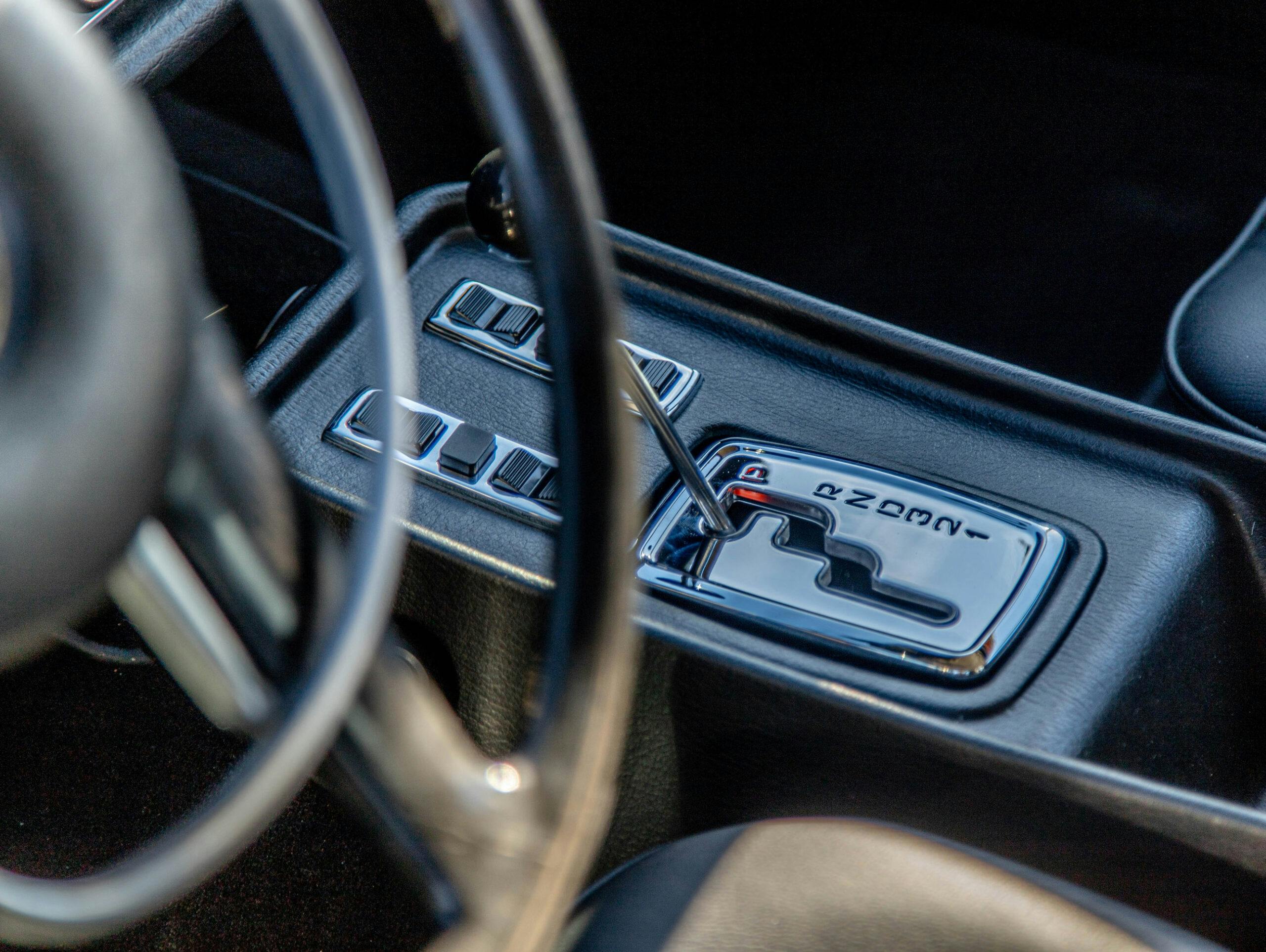

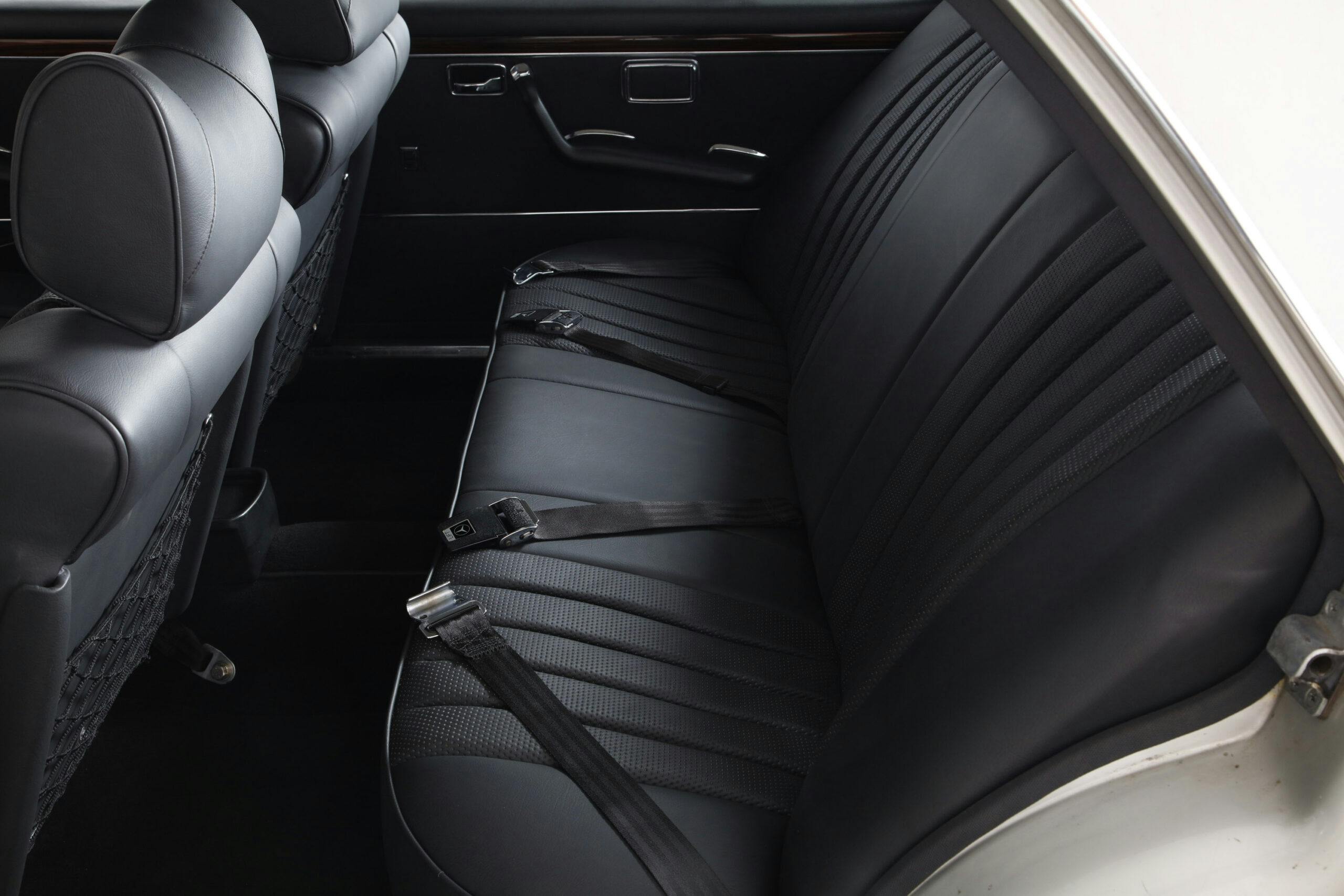
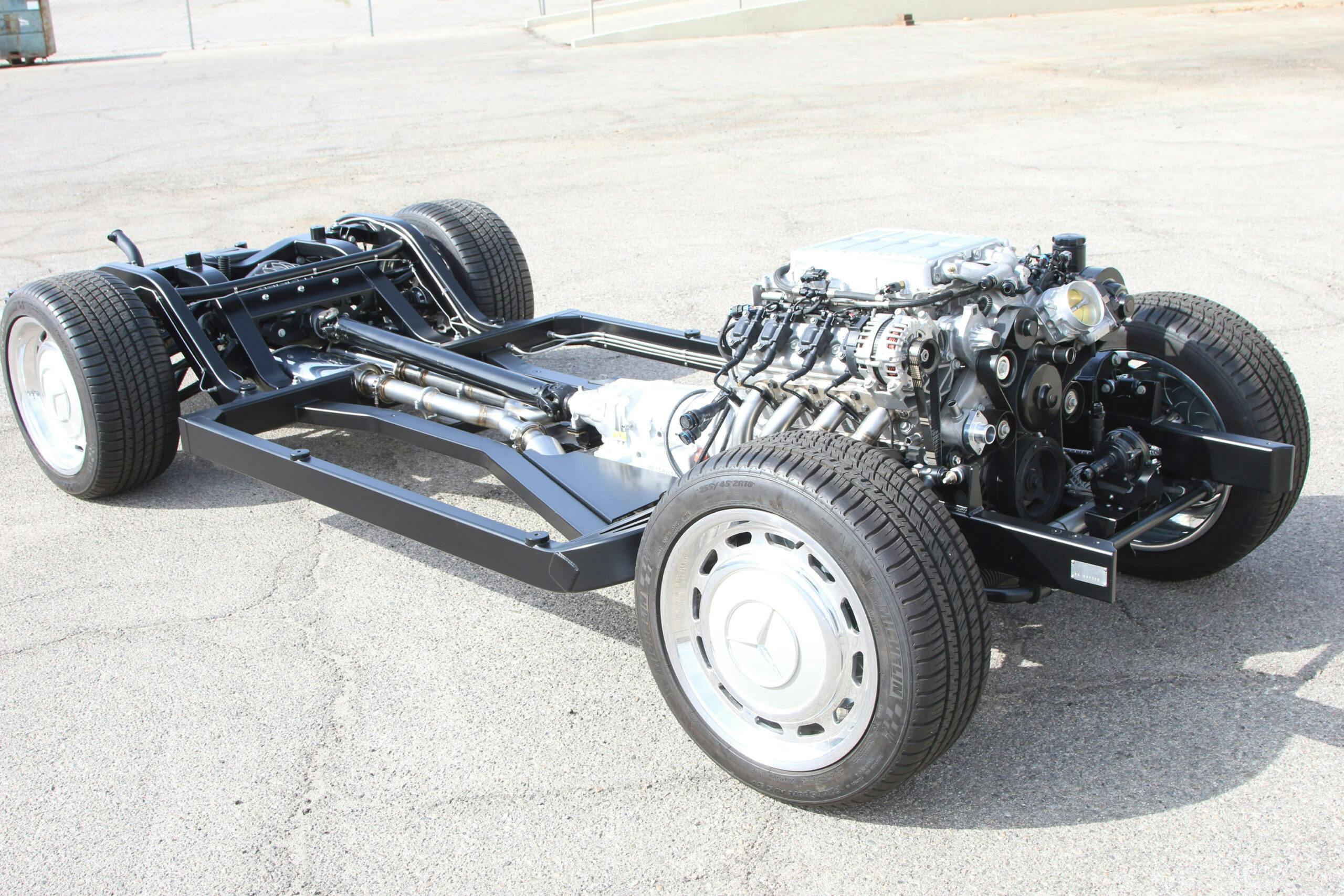
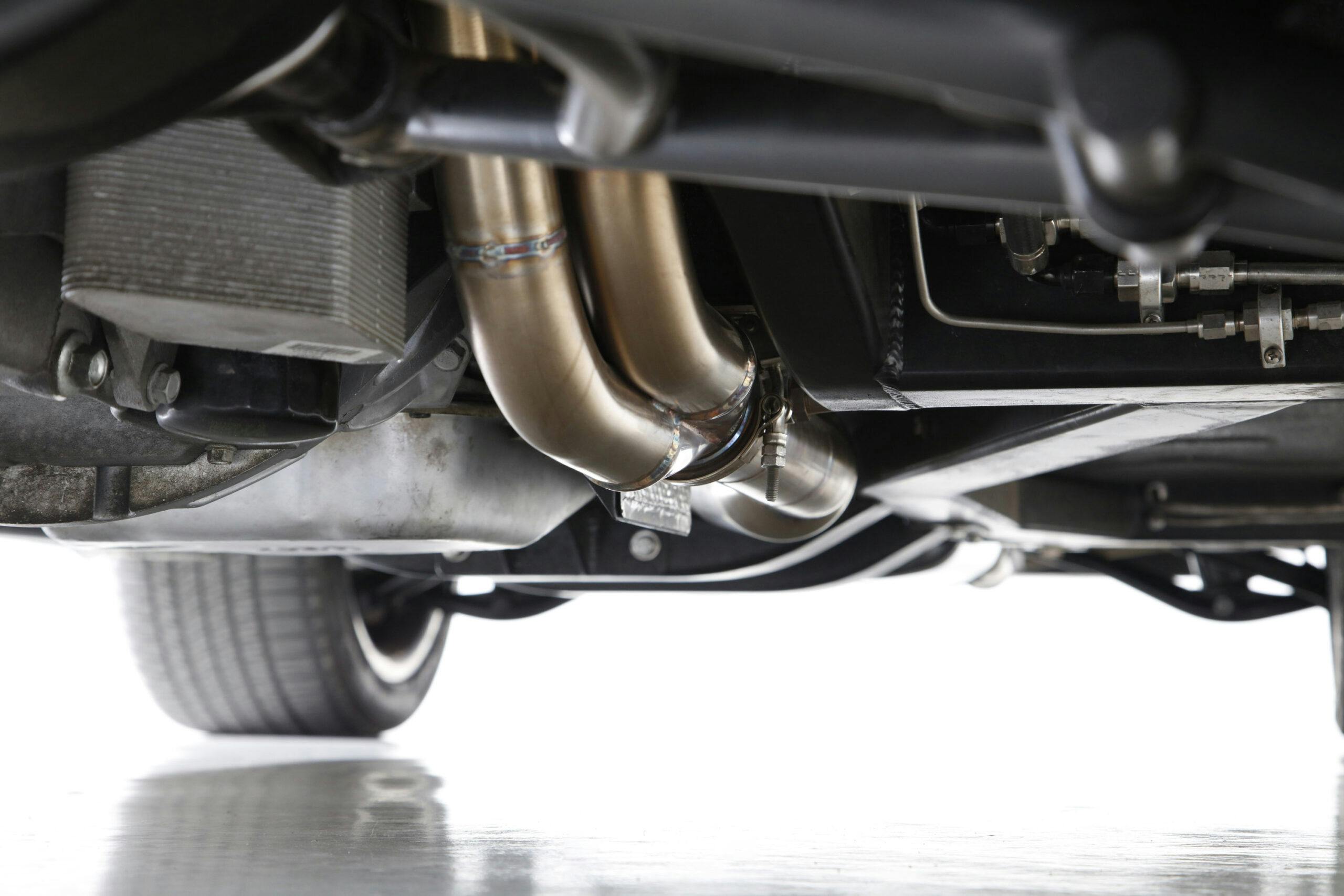
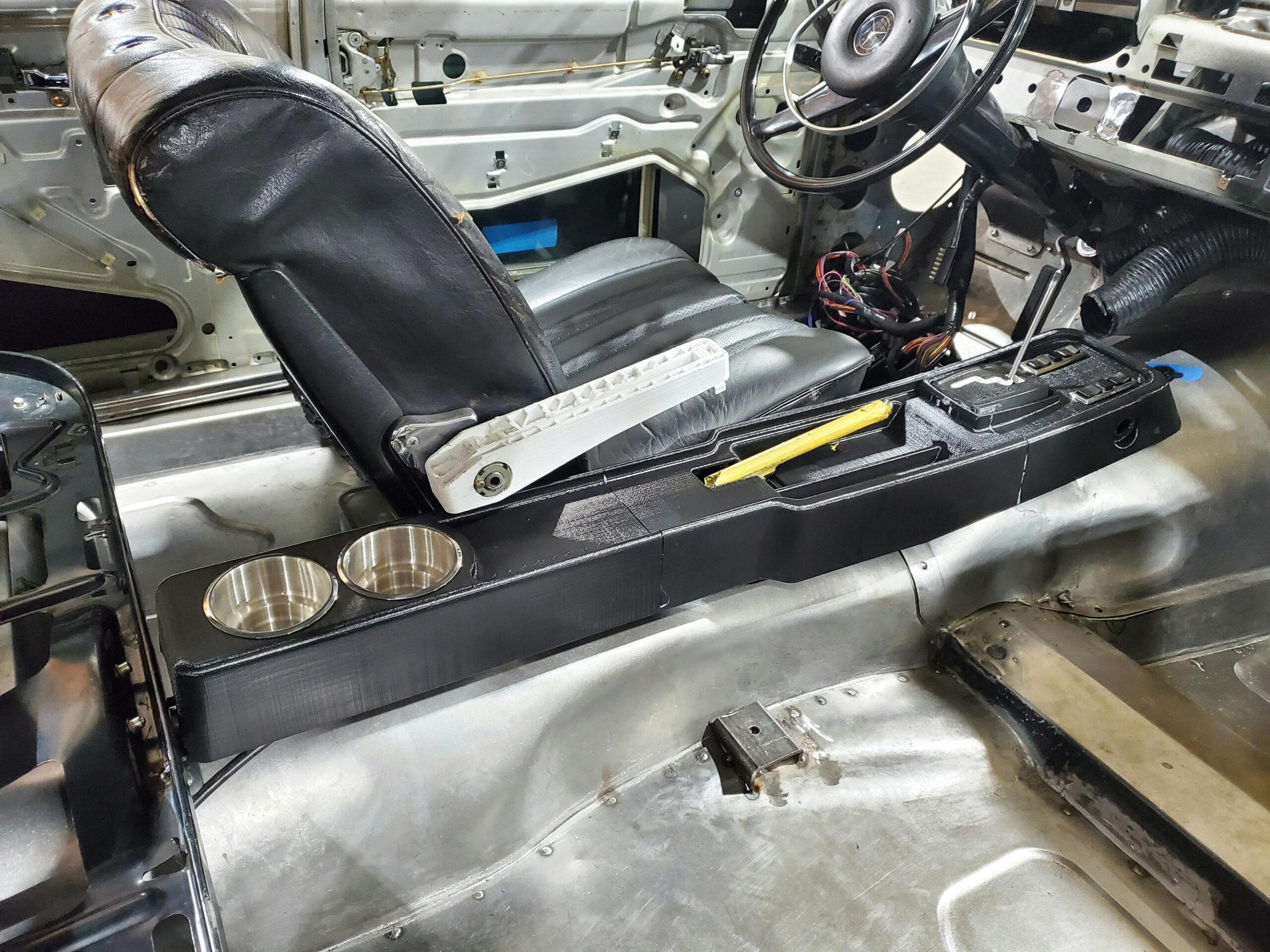
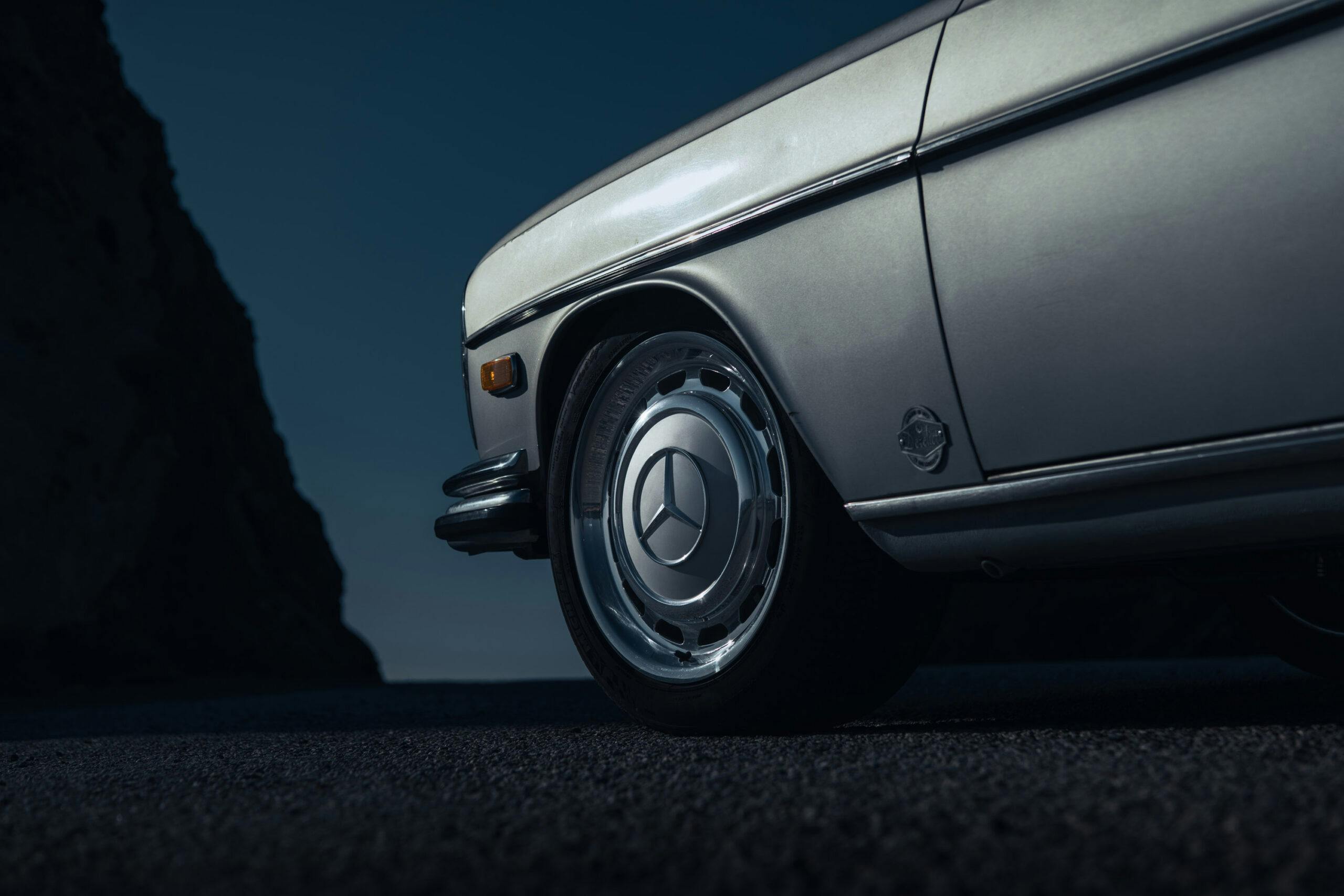
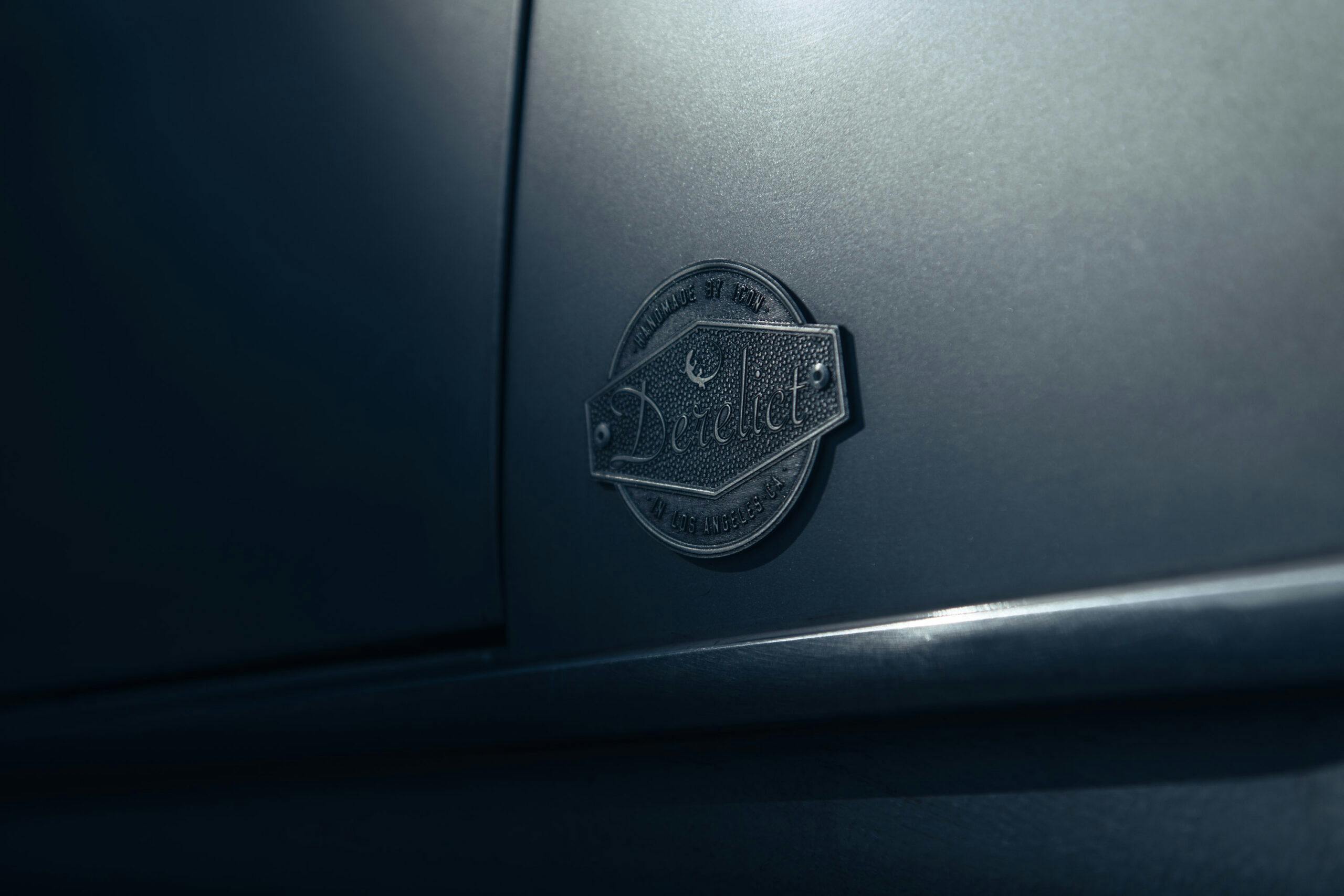
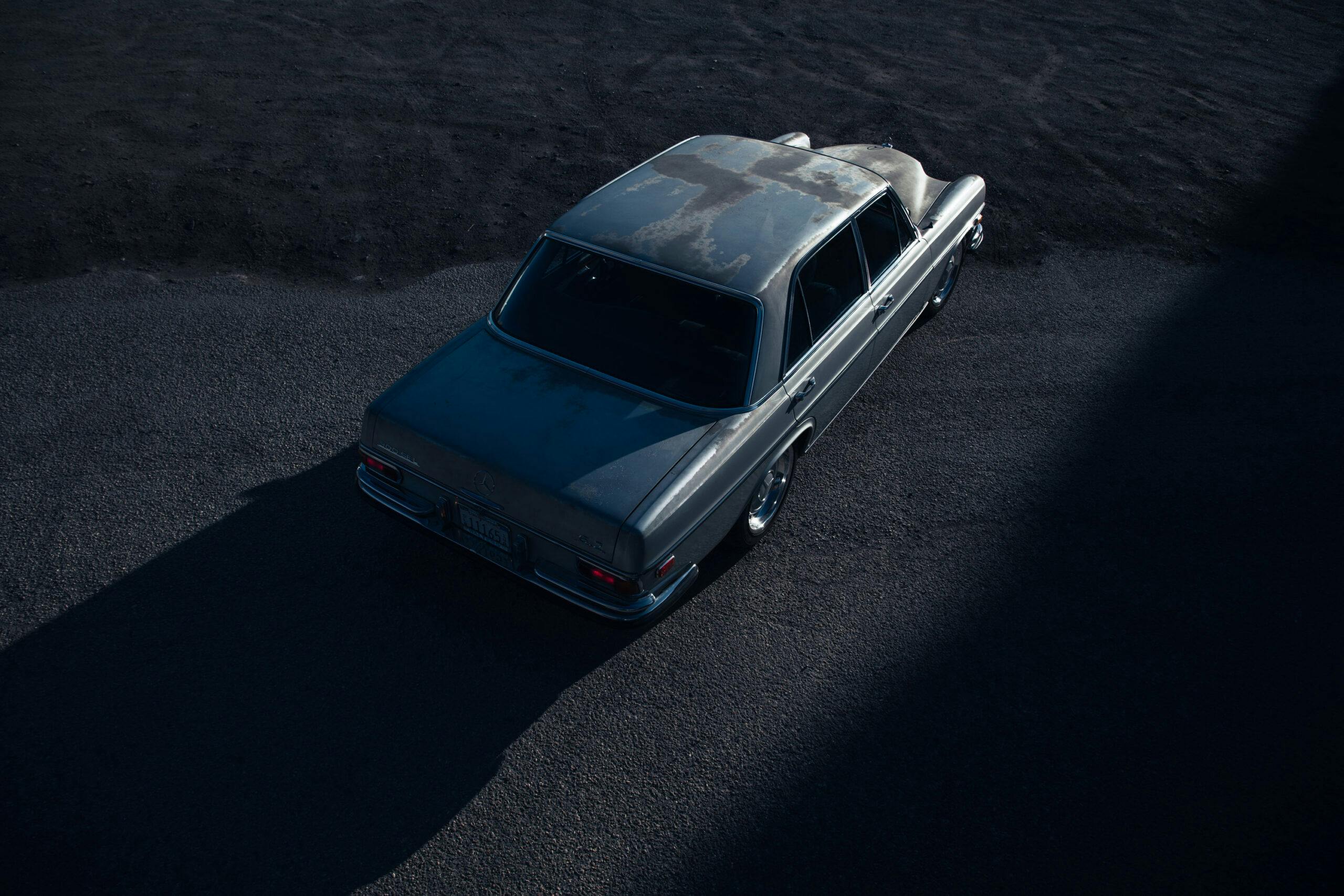
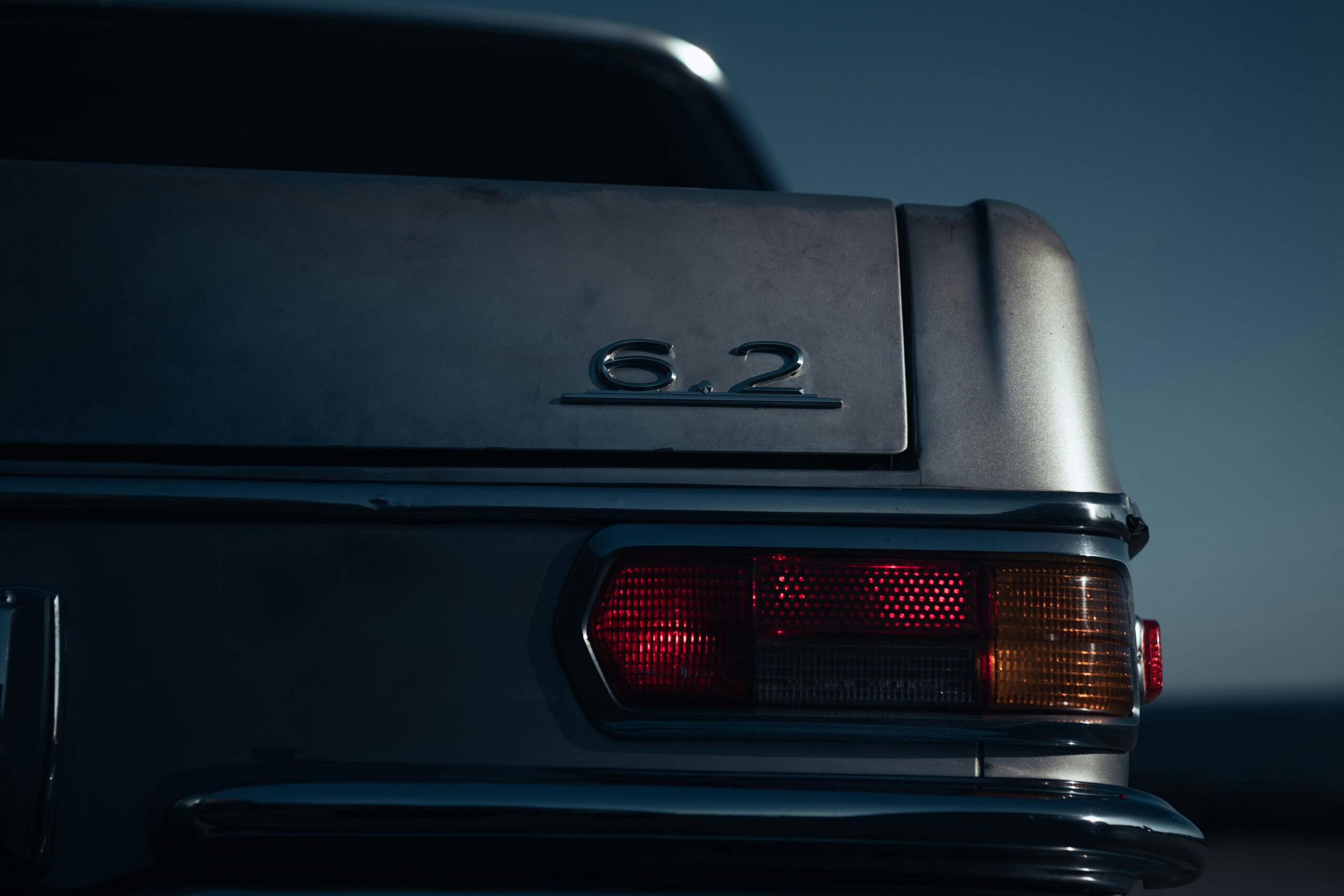
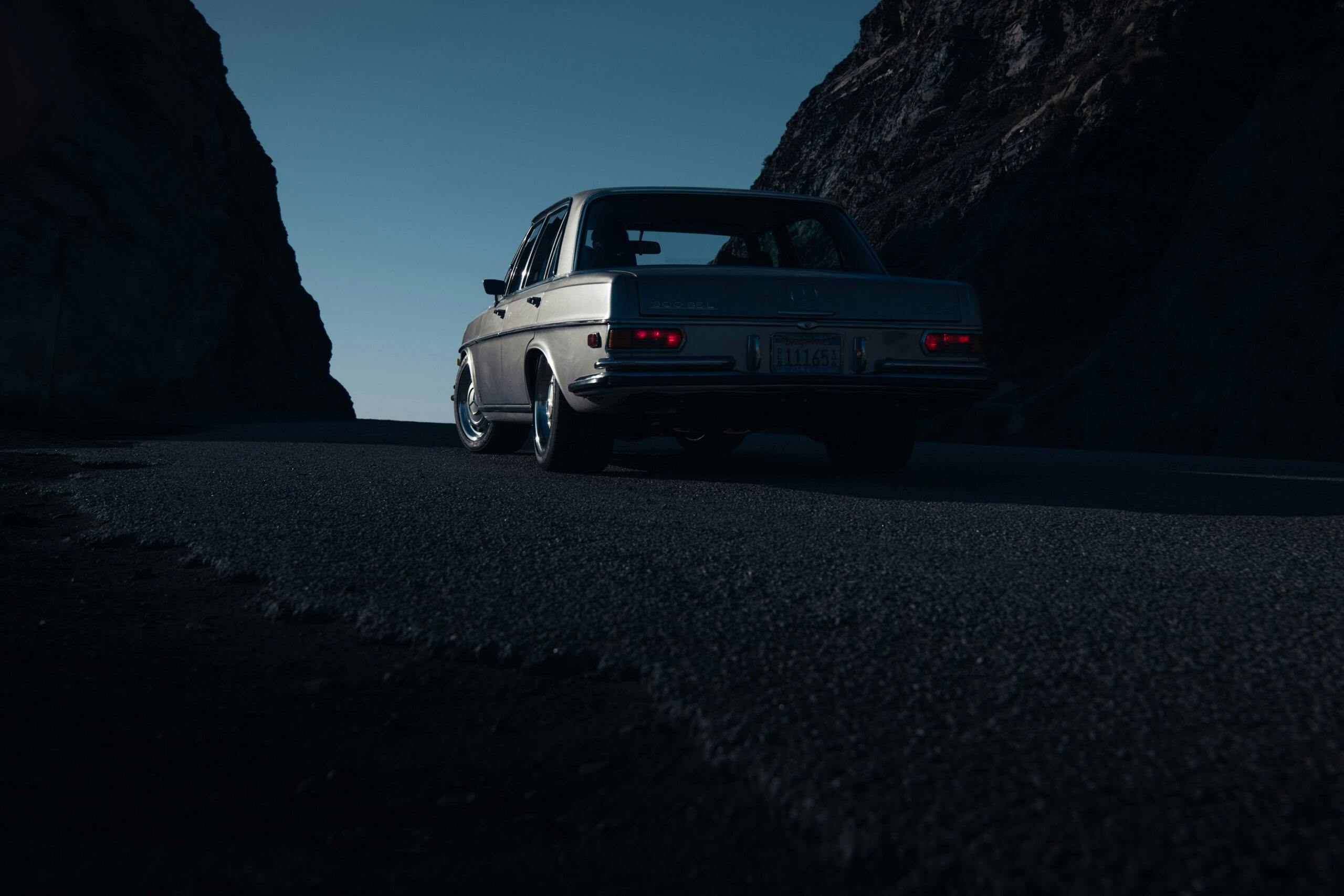
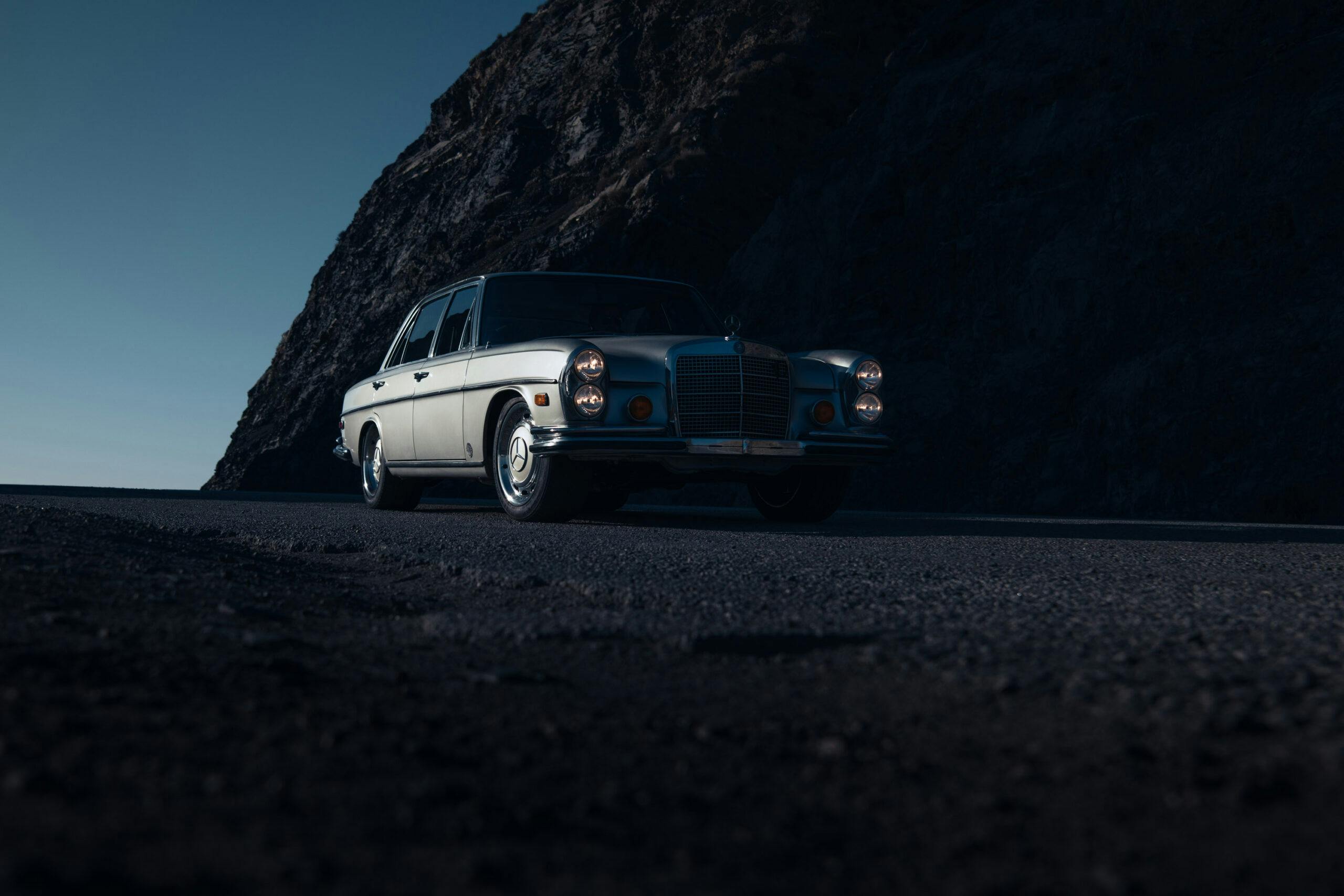
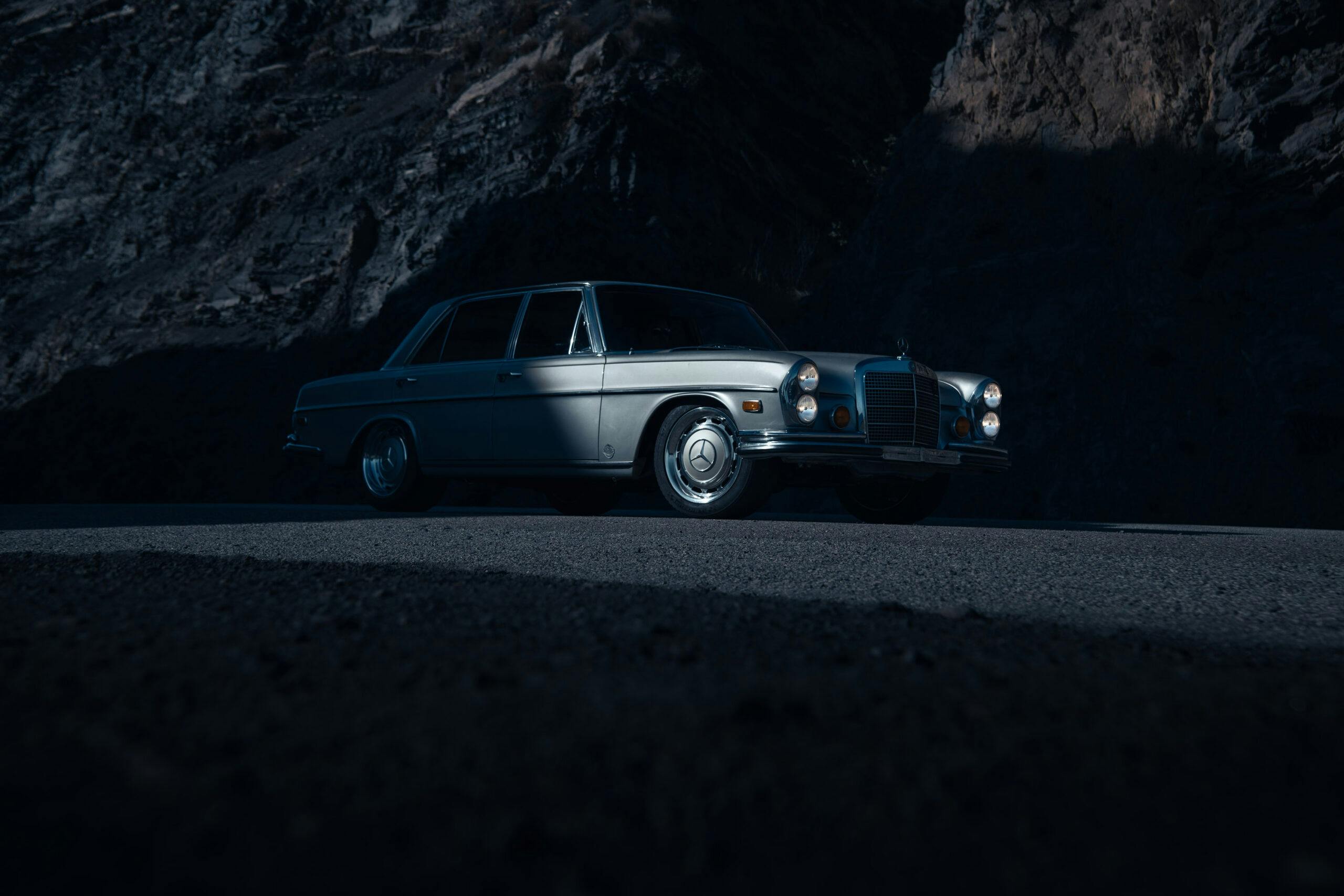

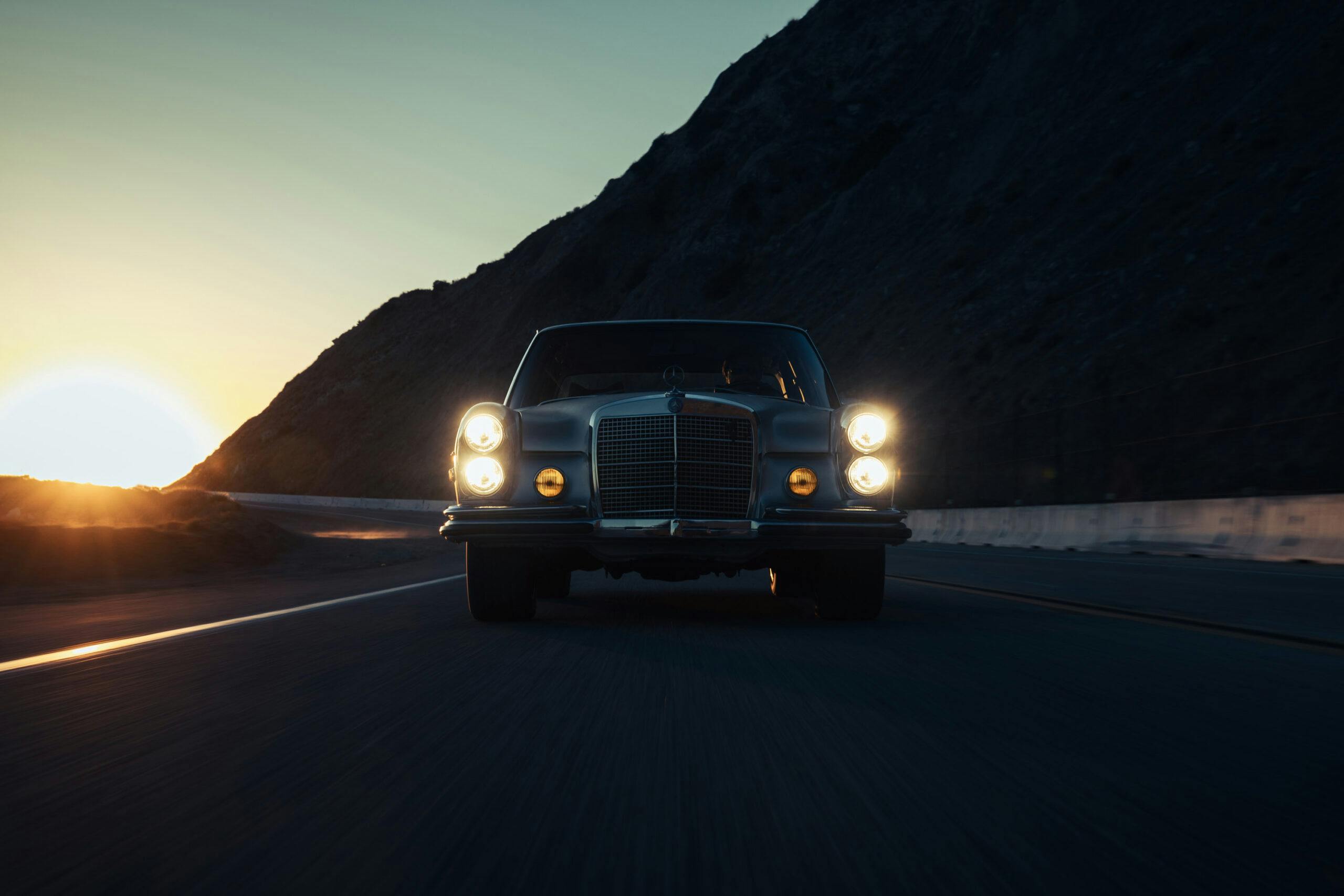
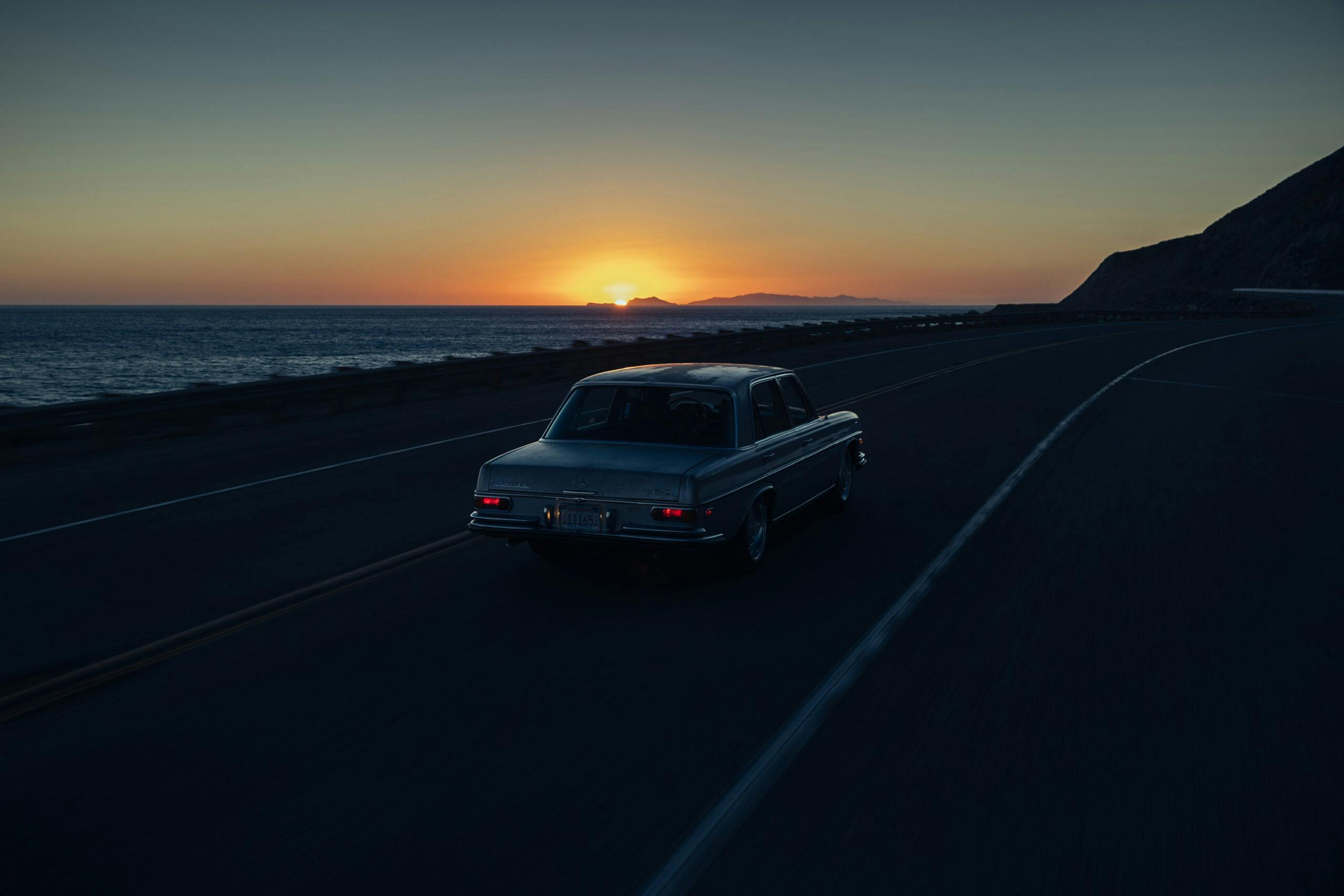
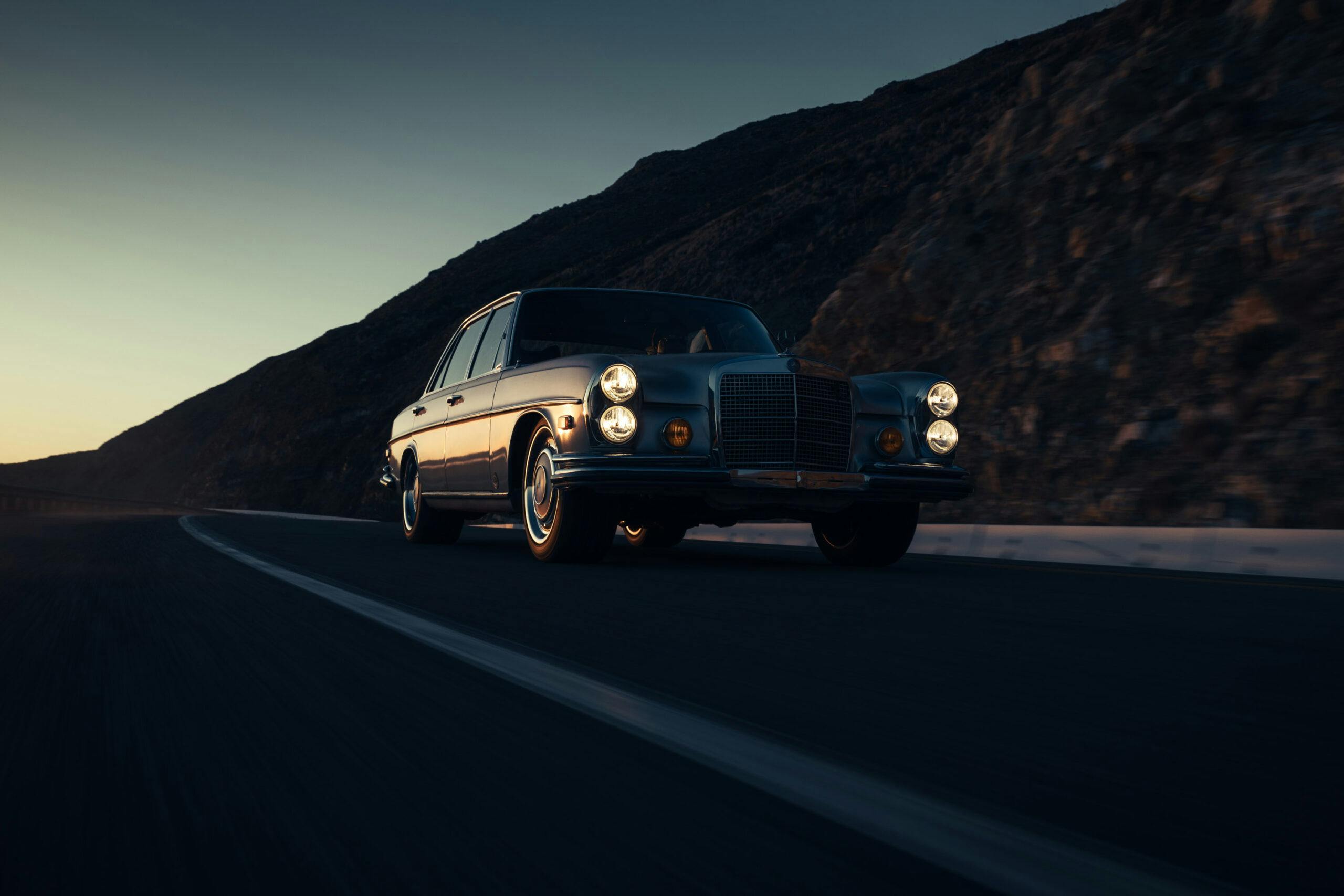




I absolutely love the trend where modern master car builders utilize classically-designed 60’s (and early 70’s) straight-lined steel beauties, and underpin them with modern drivetrains; the weathered patinas are a bonus. Pics 8 and 12 are stunning.
And what was the $ cost of this comprehensive rejuvenation??
Jonathan did a video about the car a few months ago and he mentions the hours they had in it and the approx number of hours that subcontractors worked on it. Multiply that all by CA shop labor rates and I’m guessing high six figures.
LS Swap eh? Now that’s some imagination right there.
Danny Plotkin
Im guessing this restoration cost a LOT of $ ! I have an older MB and it could use good restorative work on it BUT unfortunatly so could my wallet. 🙁
Awesome and inspiring, great from every perspective!
Let’s see chassis, drivetrain are not original. This isn’t an LS-swapped car, it’s an everything swapped car minus the body and interior bits. I think the tagline is completely misleading.
Those stacked headlights on these Benz’s to me always looked both menacing and classy.
Spell check please!
That obscenely-fat rubber might be a giveaway!
Hmmm. Lovely, truly, impressive, too, but: this is no longer a Mercedes-Benz in any meaningful way. Motor, transmission, handling, (weird) ergos — all are different, and arguably better, sure, but what’s the point? Just building a sleeper? It’s like putting a series Landrover body on a Tacoma. Great rig, but what a shame. For the money this must have cost, I can imagine buying many fine old cars that retain their original character and are quite usable.
If you don’t get it you don’t get it. It’s a fun project. Does it need to be more ????? I think some of guys just come here to complain. Hey, there is that scroll on by option LOL
it would have been nice to have a video to see and hear this car. impressive yes but, at what cost? I suspect the build was in excess of $100K. sad, that kind of money could have been spent more wisely.
The original M100 went like an absolute’sled’ !
-(Voice of exp.)-
Never had the joy of ownership,
but kept plenty mobile.
Remember, these were the genuine’Q’ car.
A friend chauffeured 1 one for an industry Captain from Munich.
Used to put in a 2000km round trip, Munich-Hamburg-Munch in 1 day.
Show me all the other sleds, that would come close. Even today that’d be a fair clip.
Yeah, I know what you’ll say, ‘coz there ain’t any.
In the days when all of Henry’s chariots still had leaf springs & drum brakes, this sled had 4 wheel vented discs, with twin calipers up fr. Even had a proper oil cooler, beside the radiator. Not sure if this version had it, but the 6.9 had dry-sump lubrication.
4 corner self-leveling air suspension.
SOCam alloy heads with Sodium exhaust valves.
Excellent turning circle, with recirculating ball p/steering, that had rack like accuracy.
Proper Bosch mechanical injection, -(Diesel like pump- with altitude comp)-
& in the days when GM were still building 2 speed Powerglides, they had their own 4 speed auto.
When I was a teenager, my friends drove -( in ‘Straya’)- 351 Ford Falcon GTs manuals. -(330 alleged hp)-
Their Dad had a 6.3, & they regularly went out cruising.
But the boys knew not to take onDad in the 6.3 ‘coz it was a losing proposition.
His old gentleman’s express, would just drive away from them.